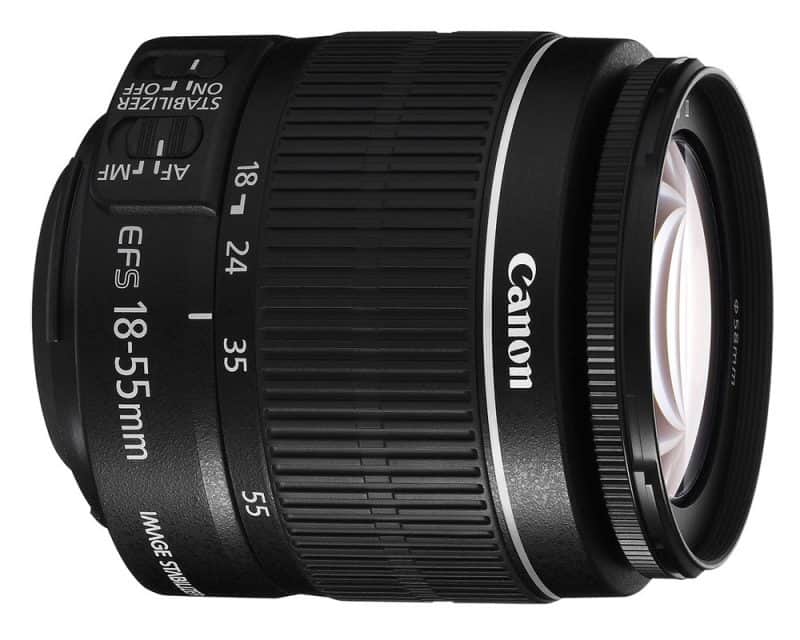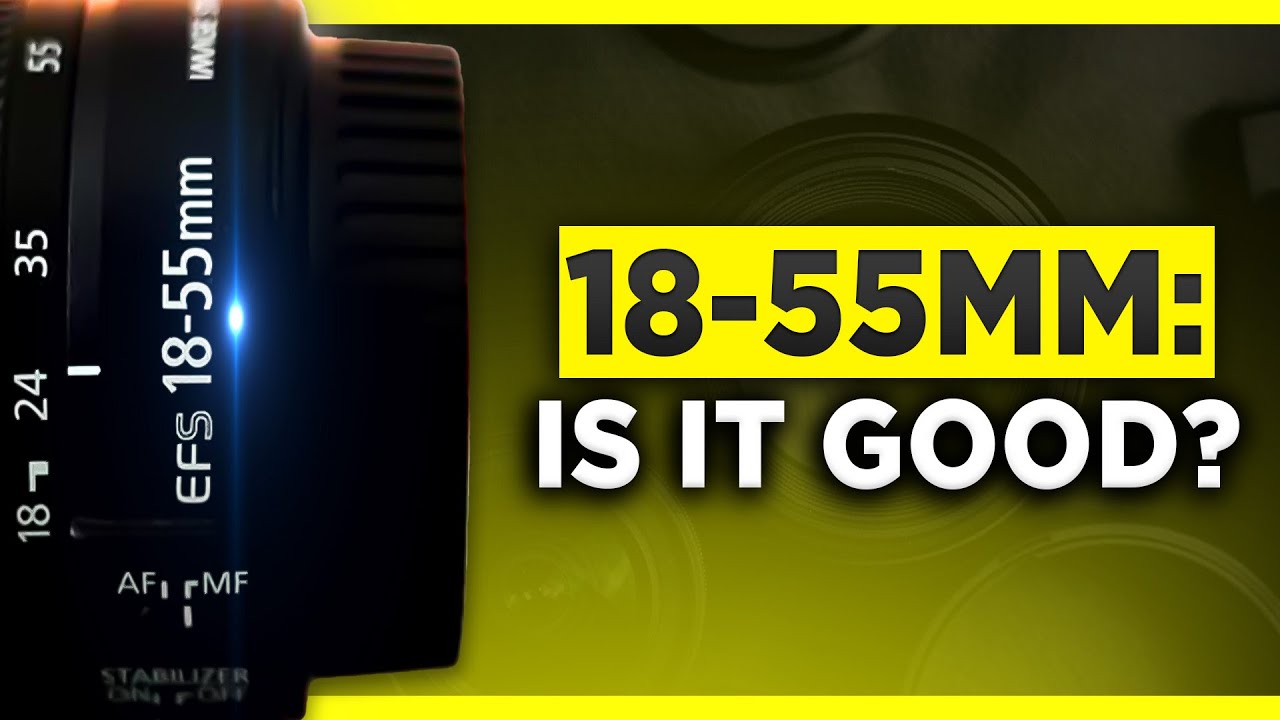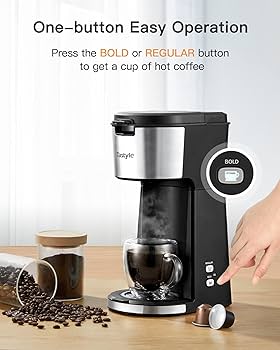Uncovering the Value of an 18-55mm Lens: Detailed Insights And Practical Uses
Introduction
In the world of photography, choosing the right lens can significantly elevate the quality of your images. Amongst the myriad options available, the 18-55mm lens, often shipped as the kit lens with most DSLR and mirrorless cameras, has earned a reputation for its versatility and value for money. Whether you're an aspiring photographer or a seasoned professional, this detailed guide will uncover the practical uses of the 18-55mm lens and reveal how it can help take your photography skills to the next level.

What Exactly is an 18-55mm Lens?
The 18-55mm lens, a fundamental component in the world of photography, is a standard zoom lens predominantly associated with DSLR and mirrorless cameras. This term may seem complex, but it's relatively straightforward once you understand what the numbers signify and how they transform your photography. Here's a breakdown of its meaning:

- 18-55mm: These numbers indicate the range of available focal lengths on this lens. In simple terms, they define how ‘zoomed in’ your photos can be. The lower the number (18mm), the wider the field of view for capturing expansive scenes like landscapes or large group pictures. On the contrary, the higher number (55mm) gives you a narrower view, ideal for close-up shots or portraits.
- Zoom Lens: The term 'zoom lens' signifies that you can change the lens's focal length without changing lenses. This flexibility means you can quickly switch your shooting style according to the subject or scene.
- Variable Aperture: Most 18-55mm lenses have a variable aperture. It signifies that the maximum aperture (the lens opening that allows light in) changes as you alter the zoom. This change enables you to control the amount of light that enters the camera, thus offering flexibility in various lighting conditions.
In essence, the 18-55mm lens is a reliable, adaptable choice that caters to a wide array of photographic needs – a valuable tool whether you're a novice, hobbyist, or an experienced professional.
How Versatile is the 18-55mm Lens in Photography?
The versatility of the 18-55mm lens within the realm of photography is truly remarkable, proving itself to be an incredible asset through numerous advantages. With a rangeability that allows for broad and close views alike, let us delve into the multiple ways this lens demonstrates its versatility.
- Focal Length Range: The 18-55mm lens possesses a wide focal length range. The 18mm end offers a broad view ideal for capturing landscapes and wide-angle shots, while the 55mm end facilitates close-ups and portraits. Essentially, this spectrum restates the lens's ability to transition smoothly across varying photographical needs.
- Subject Compatibility: The lens's large focal length range also makes it compatible with a diverse array of subjects, be it a mountainous landscape or a flower in bloom. With a simple twist of the zoom ring, photographers can adjust their frame to capture exactly what they want.
- Variable Aperture: Often, the 18-55mm lens features a variable aperture, which adjusts depending upon the focal length in use. This can prove to be extremely handy during different lighting conditions.
- Mastering Photography Skills: The 18-55mm lens is versatile enough to handle almost all genres of photography, presenting an excellent opportunity for photographers to hone their skills across different styles.
- Low Light Efficacy: Compared to prime lenses, the 18-55mm lens might not possess a large aperture, but with the correct camera settings, it can still produce notable performance in low-light situations.
In summary, the 18-55mm lens is a testament to adaptability and versatility in photography. While it might not excel in any one particular genre, it is capable of achieving satisfactory results in various situations. It can smoothly transition from capturing sprawling landscapes to intimate portraits, which makes it an excellent addition to any photography kit. This lens truly stands as a quintessential jack-of-all-trades.
Why Do Beginners Find the 18-55mm Lens so Beneficial?
The 18-55mm lens is a popular choice among beginners in the field of photography primarily due to its multiple benefits. These can be outlined as follows:
- Versatile Focal Range: The broad focal length range from 18mm to 55mm allows novices to experiment with varying photography styles, from captivating landscapes to detailed portraiture, without the need for multiple lenses.
- Learning the Basics: This lens serves as a functional tool for beginners to grasp fundamental photography concepts, such as the interplay between aperture, shutter speed, and ISO.
- Cost-Effective Option: Considering the 18-55mm is commonly shipped as the kit lens with most DSLR and mirrorless cameras, it provides novice photographers with the opportunity to become accustomed to using a lens without any additional investment.
- Lightweight and Compact: The 18-55mm lens is typically lightweight and compact, making it easy for budding photographers to handle and carry along.
In conclusion, the 18-55mm lens is a beneficial component for beginners keen on learning photography, thanks to its extensive focal range, usefulness for understanding basic concepts, cost-effectiveness, and portability.
What Type of Photography Best Suits the 18-55mm Lens?
Undeniably, the 18-55mm lens shines in its versatility, proving useful in various photographic genres. Here are the top areas where its greatness particularly stands out:
- Landscape Photography: This monumental task becomes more manageable with the 18-55mm lens due to its excellent wide-angle capability. Coming in at 18mm, this lens handles expansive landscapes beautifully. Be it sweeping vistas or bustling cityscapes, every single detail gets captured effortlessly with this lens.
- Portraiture: The 18-55mm lens forms a kindred connection with portrait photography as well. Its neat ability to zoom in to 55mm allows for intimate portraits with a depth-of-field that sets the subject apart from the background. Furthermore, at these focal lengths, the 18-55mm lens aids in creating appealing bokeh effects that add a sense of enchantment to portraits.
- Close-up Photography: While not primarily designed for macro photography, creative usage of composition techniques such as perspective control and well-calculated framing could still enable the 18-55mm lens to capture compelling close-ups.
Bear in mind that while the 18-55mm lens is incredibly capable, factors such as existing lighting conditions and a sound understanding of composition rules play a crucial role in determining the ultimate effectiveness of this lens. With the right knowledge and skills, the 18-55mm lens can add immense value to your final output in these photographic genres.
How to Maximize the Potential of Your 18-55mm Lens?
The capacity of your 18-55mm lens is more extensive than it seems at first glance. Enhancing your photography skills with this lens just needs a little exploratory spirit, knowledge about its capabilities, and the willingness to be creative. Here are some methods to fully harness the potential of your 18-55mm lens:
- Exploring the Focal Length Range: The attractiveness of this lens lies in its versatility. Dive deep into its flexible range from a broad 18mm to a more telescopic 55mm. Don't be afraid to experiment across the continuum to illustrate different perspectives and styles in your photographs.
- Apply the Rule of Thirds: Enhance your photographic composition by leveraging this classic principle. Assertively dividing your frame into thirds — both horizontally and vertically — can dramatically improve your image irrespective of whether you're shooting in a wide 18mm or a more zoomed-in 55mm.
- Utilize Wide Aperture for Bokeh Effects: The stunning bokeh effect is more than achievable with this lens. Capitalize on your widest available aperture setting (lowest f-number), get up close to your subject, and maintain a reasonable distance to the background to create that pleasing, blurry aesthetic.
- Brave Different Lighting Conditions: Don't shy away from challenging lighting situations. If you're shooting in low light, consider using a tripod for stability. On the other hand, shooting in RAW format during bright conditions can be beneficial as it provides flexibility during post-production.
Remember, the 18-55mm lens is not merely a beginner's tool. It can be an indispensable asset in the hands of a knowledgeable and imaginative photographer.
Conclusion
The 18-55mm lens, often underestimated as a simple kit lens, is truly a powerhouse of versatility. Its wide range of focal lengths, coupled with its ability to strike a balance between wide-angle and close-up photography, makes it incredibly beneficial, especially for beginners. Understanding its potential and employing creative techniques can strengthen your photography skills and deliver remarkable results.
Related FAQs about what is an 18-55mm lens good for
What is the main difference between an 18-55mm lens and other lens types?
The main difference lies in the focal length and aperture. An 18-55mm lens allows a variable focal length from wide to mid-range, ideal for both landscape and portrait shots, plus a variable aperture. Other lenses, such as prime lenses, offer a fixed focal length and usually larger apertures, which deliver more focused applications and better low-light performance.
Why do professionals often recommend an 18-55mm lens to beginners?
Professionals recommend this lens to beginners as it's versatile, lightweight and economical. The 18-55mm lens offers a great learning platform due to its variable focal range, catering to a variety of shooting scenarios. It also helps beginners understand basic photography concepts including focal length, aperture, and framing techniques.
Can the 18-55mm lens produce high-quality images suitable for professional use?
Yes, definitely. While it largely depends on your understanding of photography principles, an 18-55mm lens can produce high-quality images. Its adaptability to different shooting scenarios and diverse focal lengths can result in professional-standard work with the right technical knowledge and post-processing skills.


